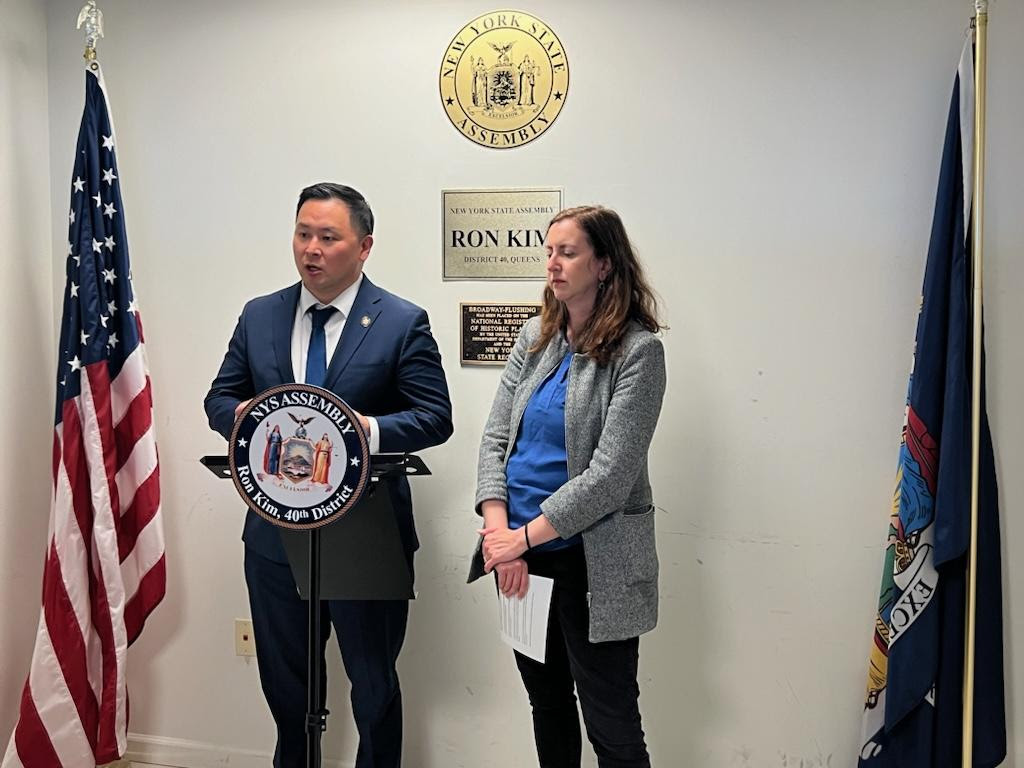Sixty years ago, when a man complained of the familiar symptoms of frequency, urgency, hesitancy, incomplete emptying, straining, sleep interruption and a weak and intermittent stream, the problem was often considered to be due to prostate enlargement and surgery was offered.
Most often, the surgery was successful although dangerous to undergo. In a certain percentage of cases, surgery, no matter how expertly performed, failed to relieve the patient. It became clear that the mechanical obstruction to the outflow of urine by an enlarged prostate was not the sole cause; other factors must be at play.
Experience with patients, who had suffered spinal cord injuries led to the realization the bladder could be affected in various ways, sometimes causing paralysis or weakness of the bladder muscle and sometimes just the opposite, an over-active bladder. It soon became apparent that urinary bladders, whose muscle walls had abnormal patterns of contractility, whether too strong or too weak could also cause many of the symptoms often thought due to the enlarged and obstructive prostate. Further, there were many conditions other than spinal cord injuries, which might affect the contractility of the bladder muscle.
Methods of actually measuring the pressure within the bladder were developed and soon it became possible to measure the change in bladder pressure with increasing amounts of fluid within the bladder and record the pressure changes.
Such a measurement was called a “cystometrogram” and its use was widespread. It wasn’t perfect as the bladder pressure was often found to be more related to contraction of the abdominal muscles than to the bladder muscle. Any increase in abdominal pressure, such as might be caused by straining, speaking, moving, coughing or sneezing presses on the bladder causing an increase in the measured bladder pressure.
A way had to be found to separate the abdominal pressure changes from the pressure changes caused by actual bladder muscle contraction. Introduce the computer and the problem was solved. Independent measurements of abdominal pressure and bladder pressure were fed into the computer, which subtracted the abdominal pressure from the measured bladder pressure yielding a graph of pure bladder pressure; thus was “Urodynamics,” an amazing bladder pressure test born.
This was the breakthrough that was needed. It became clear that patients unable to urinate only because of a weak bladder muscle did not have to be subjected to surgery. Further, that those with overactive bladders and non–obstructive prostates would also not benefit from a surgical approach and the pharmaceutical industry got busy researching and inventing medications that could relax the over active bladder.
It didn’t take long before urologists realized that an obstructive enlargement of the prostate was often associated with an elevated bladder pressure during urination but if the prostate obstruction was longstanding, the bladder muscle tone failed and the bladder became weak. Medical science advanced and the public benefitted.
Have a Question? Call Dr. Okun at 718-241-6767























